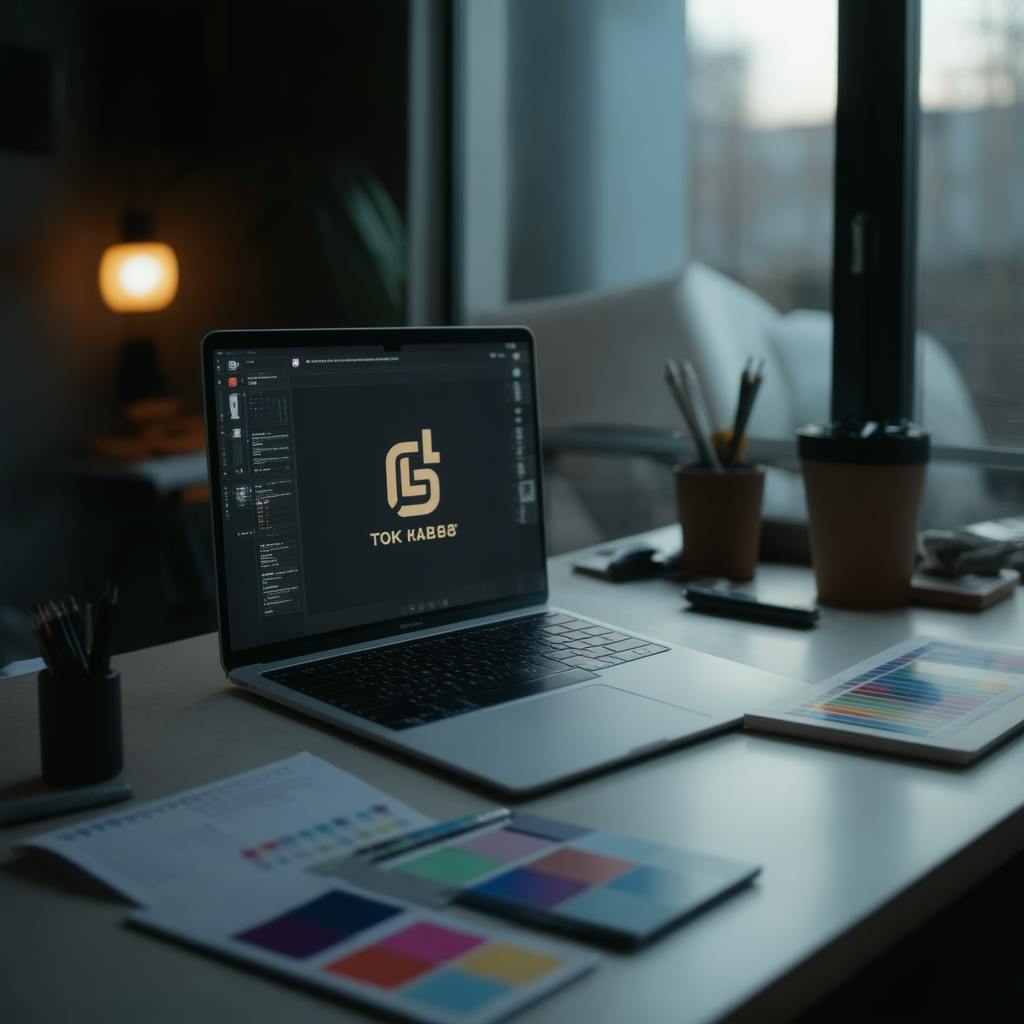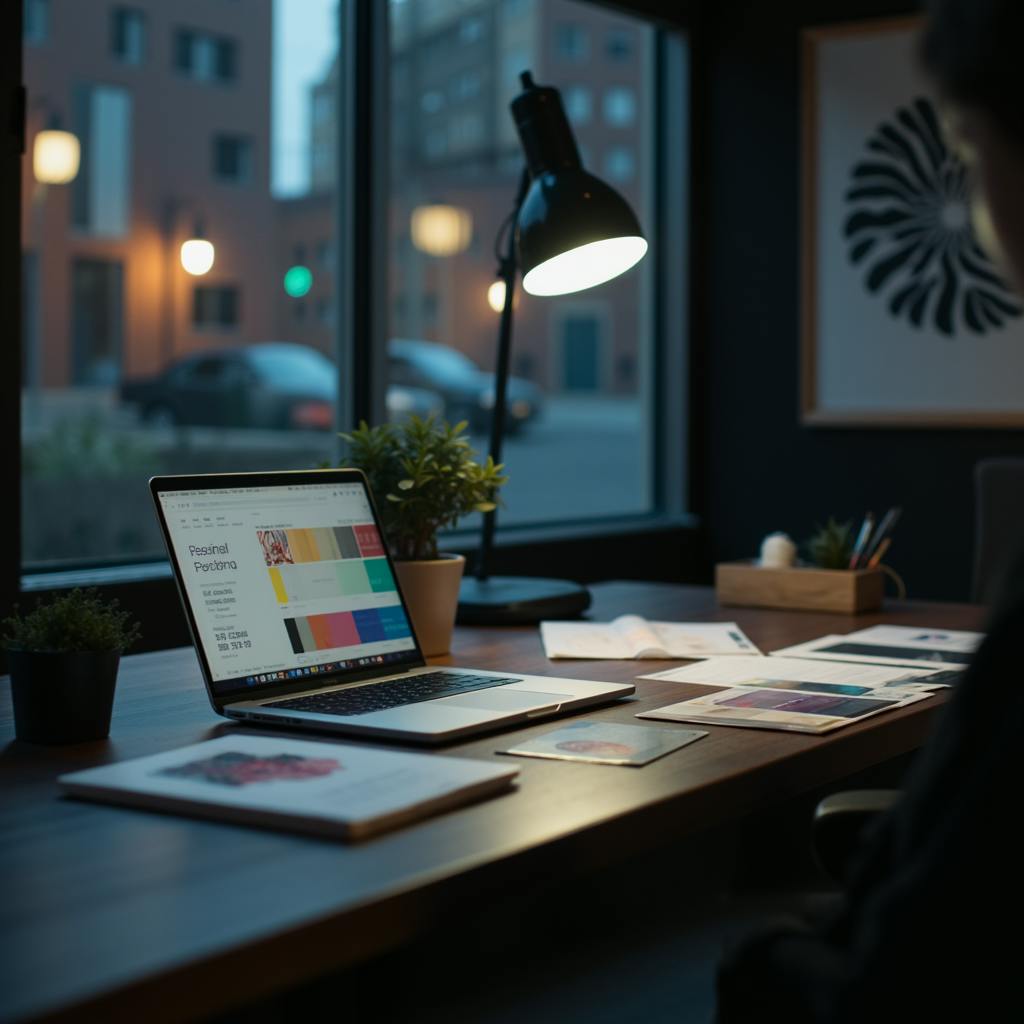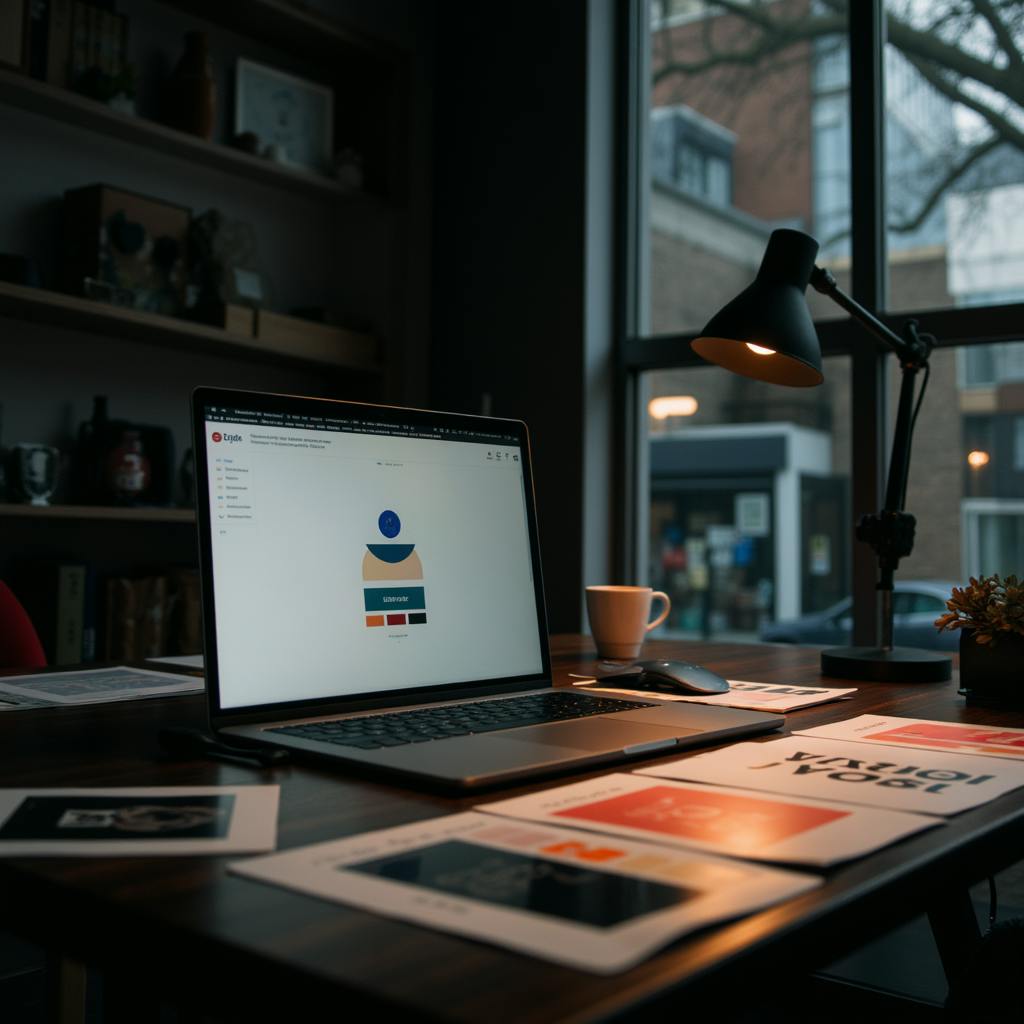In the dynamic landscape of contemporary business, brand design has become an essential pillar for success. It encompasses more than just a striking logo or a catchy tagline; it's the cohesive visual and emotional representation of your brand's identity. It's the difference between a memorable company and one that blends into the background. As businesses increasingly turn to branding as a tool for differentiation, understanding the nuances of modern brand design is paramount.
Understanding Brand Design
At its core, brand design is about crafting a conscious, consistent, and visually engaging image that resonates with your target audience. It involves a strategic approach that aligns visual elements with the brand's values, mission, and market positioning. This includes, but is not limited to, logos, typography, color palettes, and imagery.
Brand design is a cornerstone of a solid marketing strategy. It's not just about aesthetics; it's about conveying a message, creating an emotional connection, and establishing trust with consumers. A strong brand design wins customers by telling a story backed by visual elements that spark interest and loyalty. This leads to increased consumer recognition and establishes a lasting impression.
Today's businesses have access to a plethora of brand design tools, like a logo generator AI or AI logo generator free resources, enabling them to create professional-grade visuals without a hefty budget. However, understanding the foundational principles of design is crucial in utilizing these tools effectively.

AI made with YK
Streamlining the Design Process
1. Research and Conceptualization:
- Start with a clear understanding of your business's core tenets and position in the market. Identify what sets it apart and how you want consumers to perceive it.
- Develop a design brief that includes key information such as audience demographics, competitors, and design preferences.
2. Logo and Visual Identity Development:
- Leveraging a business logo maker or an advanced AI logo generator free can streamline the initial stages of logo creation.
- Keep simplicity at the forefront of your design choices, ensuring the logo is versatile and timeless.
- Evaluate various designs, seeking feedback to refine your options.
3. Design Consistency Across Platforms:
- Ensure brand visuals (e.g., color schemes, typography) are consistent across all mediums.
- Create a brand style guide to maintain uniformity in your branding efforts.
4. Embracing Technology and Automation:
- Utilize tools like create your logo platforms to explore creative possibilities efficiently.
- AI-driven design tools can facilitate the creative process, offering innovative ideas and designs.
Frequently Asked Questions about Brand Design
What makes a successful brand design?
A successful brand design effectively communicates the brand's essence through visual elements. It should be distinctive, memorable, and aligned with the brand's values.
Can AI replace professional designers in brand design?
While AI tools like logo generator AI offer remarkable benefits, the human touch remains indispensable in understanding brand nuances and ensuring a cohesive brand identity.
How can small businesses achieve professional brand design on a budget?
Small businesses can leverage AI logo generator free tools and business logo makers to create professional designs economically. However, investing in design expertise when possible will ensure a differentiation strategy that reflects brand uniqueness.
FAQ: Understanding Modern Brand Design
What are the essential elements covered in modern brand design?
Modern brand design is a comprehensive process that strategically develops a brand’s visual and experiential identity. The essential elements include:
- Logo Design: The logo is the most recognizable symbol of a brand and serves as a visual anchor, encapsulating the brand's ethos and values.
- Color Palette: Colors evoke emotions and perceptions. A well-chosen palette helps convey the brand’s personality and tone, making it memorable and distinguishable.
- Typography: Font choices reflect the brand's character and aid in ensuring consistent visual communication across all platforms. Typography covers everything from logo fonts to headlines and body text in marketing materials.
- Imagery Style: This includes photography, illustrations, and graphic elements. Consistency in image style supports the brand's tone and enhances the visual appeal.
- Brand Voice and Messaging: While not a visual element, a coherent brand voice shapes how the brand communicates, supporting visual elements to present a coherent identity.
- Iconography: Custom icons can support navigation and interaction, enhancing user experience and engagement.
- Overall Visual System: This consists of patterns, textures, and other supplementary elements that bind a brand’s visual assets together cohesively.
How does the concept of brand design translate into a brand's identity?
Brand design is the visual articulation of a brand's identity—it translates abstract signals such as the brand's mission, values, and personality into tangible, visual elements. These elements work together to create a cohesive brand identity that:
- Differentiates: A distinct brand design sets a business apart from competitors in a crowded market.
- Communicates: Through visual and verbal elements, it conveys the brand's core messages to the intended audience.
- Builds Recognition: Consistent use of visual elements builds familiarity and trust, crucial for brand loyalty.
- Fosters Emotional Connection: Effective brand design can evoke emotions, creating a bond between the brand and consumers.
Why is brand design important for a business in the modern era?
- First Impressions: In the digital age, a brand’s design often serves as the first point of contact between a business and its audience. A strong initial impression can drive consumer interest and trust.
- Brand Consistency: With more channels in play—websites, social media, physical products—consistency in visual identity is key to maintaining brand integrity across diverse platforms.
- Consumer Trust and Loyalty: A professional and thoughtful design presentation indicates a reliable brand, fostering trust and loyalty among consumers.
- Competitive Advantage: Good brand design helps a business stand out. It’s a strategic tool that communicates quality and value, crucial in competitive markets.
- Emotion and Experience: Brands that evoke positive emotions through their design enhance customer satisfaction and increase engagement levels.

AI made with YK
What techniques or concepts are typically used in modern brand design?
Modern brand design employs various techniques and concepts to ensure a brand's visual identity is appealing, memorable, and reflective of its core values:
- Minimalism: Achieving simplicity and clarity by removing unnecessary details helps in creating clean and timeless designs.
- Adaptive Design: Ensuring that brand elements are flexible yet consistent across all media types, from digital displays to print materials.
- User-Centric Approach: Understanding target audiences and designing with an emphasis on user experience to ensure accessibility and inclusivity.
- Brand Storytelling: Using visuals to tell a brand’s story, engaging consumers emotionally and intellectually to deepen their connection with the brand.
- Trends vs. Timelessness: Balancing contemporary trends with classic design principles to ensure longevity and relevance.
- Sustainability: Increasingly, brands are considering eco-friendly materials and practices in their branding efforts to align with global consciousness.
Understanding and implementing these elements, techniques, and concepts are key in developing a differentiated and effective brand design that resonates well with audiences and supports business goals. If you’re looking to revamp your brand or start from scratch, consulting with a professional brand design expert can provide valuable insights and a strategic advantage.
Conclusion
In today's competitive market, an expertly crafted brand design is no longer a luxury but a necessity. From understanding the basics to leveraging technology like AI logo generator free and business logo maker tools, companies can effectively carve out their own space in the market. A well-thought-out brand design builds trust, connects emotionally with the audience, and ultimately drives business success. Remember that in a world teeming with choices, a strong visual identity is key to standing out and leaving an indelible mark.

